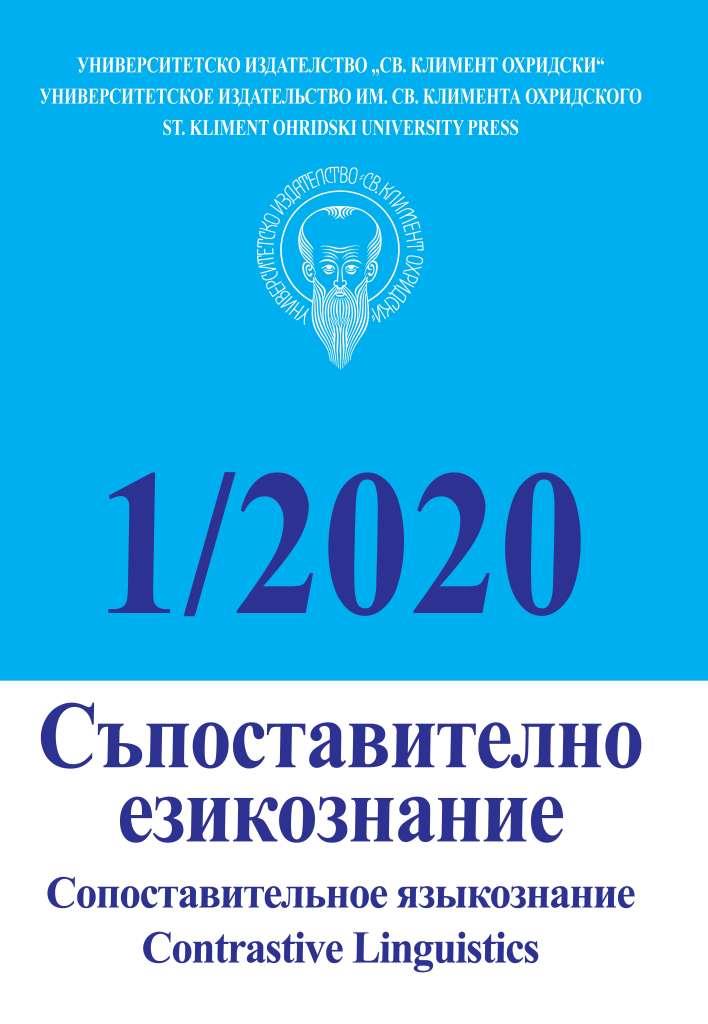Esses and haberes in Slavic be- and have-languages
Esses and haberes in Slavic be- and have-languages
Author(s): Jungwon ChungSubject(s): Language and Literature Studies, Theoretical Linguistics, Philology
Published by: Софийски университет »Св. Климент Охридски«
Keywords: Slavic; have; be; language classification; be-language; have-language
Summary/Abstract: This two-part article examines the characteristics and peculiarities of the Slavic haberes and esses, comparing their lexical and grammatical functions, especially in Russian, Polish, Czech, Bulgarian, and BCS. With Part 1 having discussed Slavic haberes, Part 2 explores, first of all, how Slavic esses serve as a content and function word. All Slavic locative and copular sentences contain esse, but not all existential sentences do. Slavic esses also function as an auxiliary in the past and future tenses, conditional mood, and evidentiality. Additionally, the East Slavic esses refer to possessive relations. The Slavic haberes and esses analyzed in Part 1 and Part 2 reveal that the Polish habere and esse’s lexical and grammatical functions are rather similar to those of other West and South Slavic haberes and esses, and Isačenko’s classification of Slavic languages into be-languages and havelanguages should be reconsidered.
Journal: Съпоставително езикознание / Сопоставительное языкознание
- Issue Year: 2020
- Issue No: 1
- Page Range: 31-46
- Page Count: 16
- Language: English

